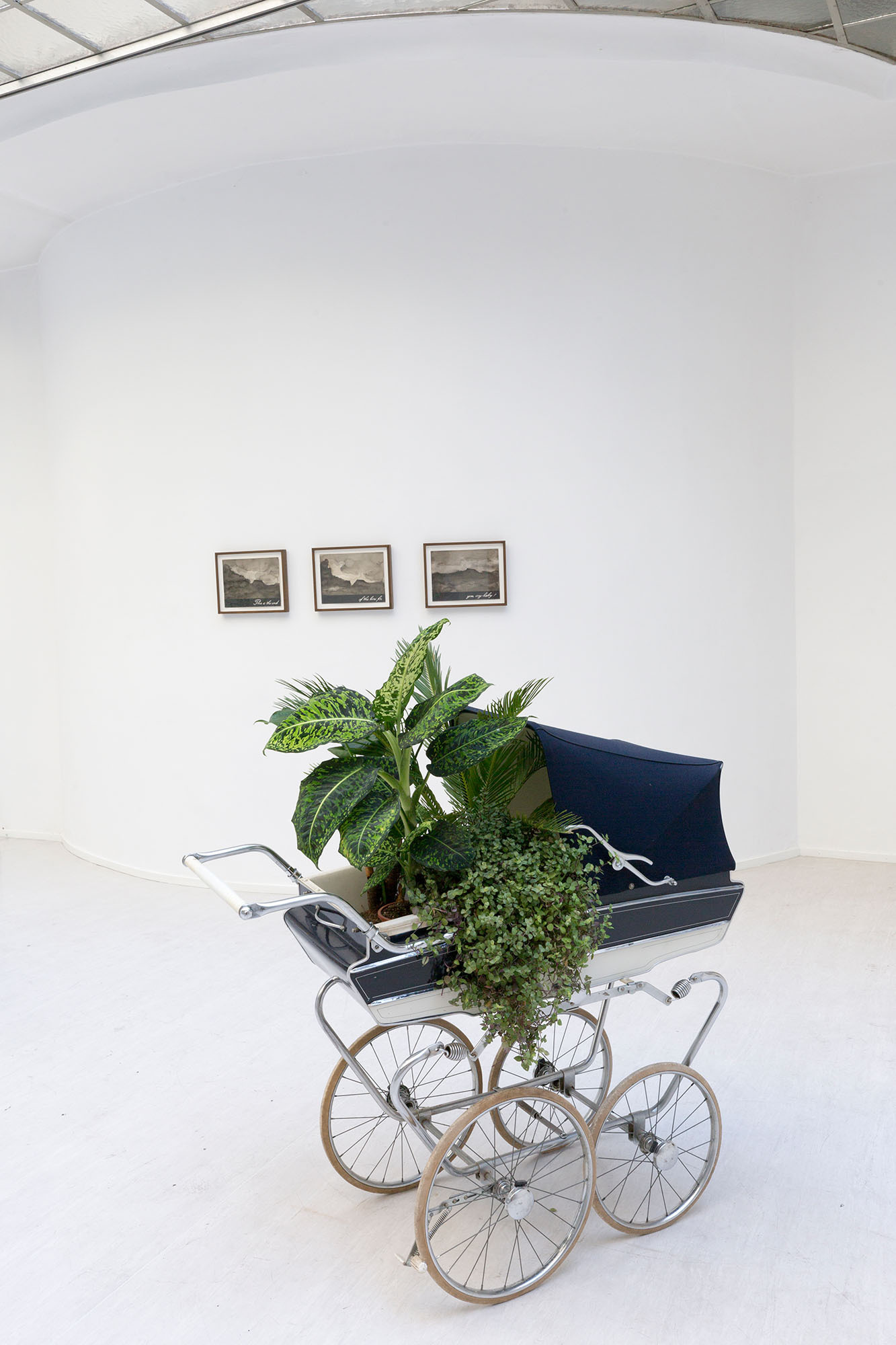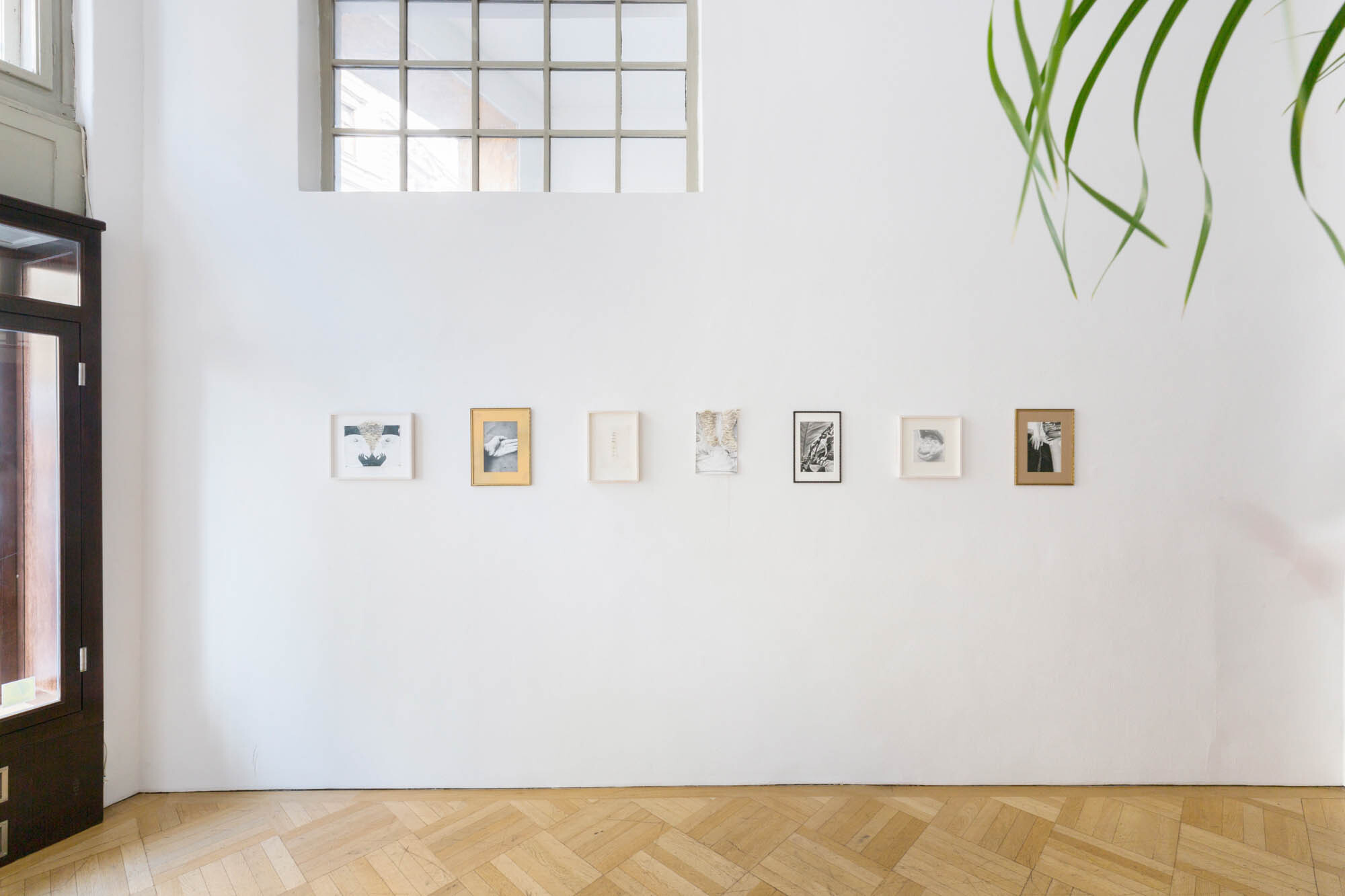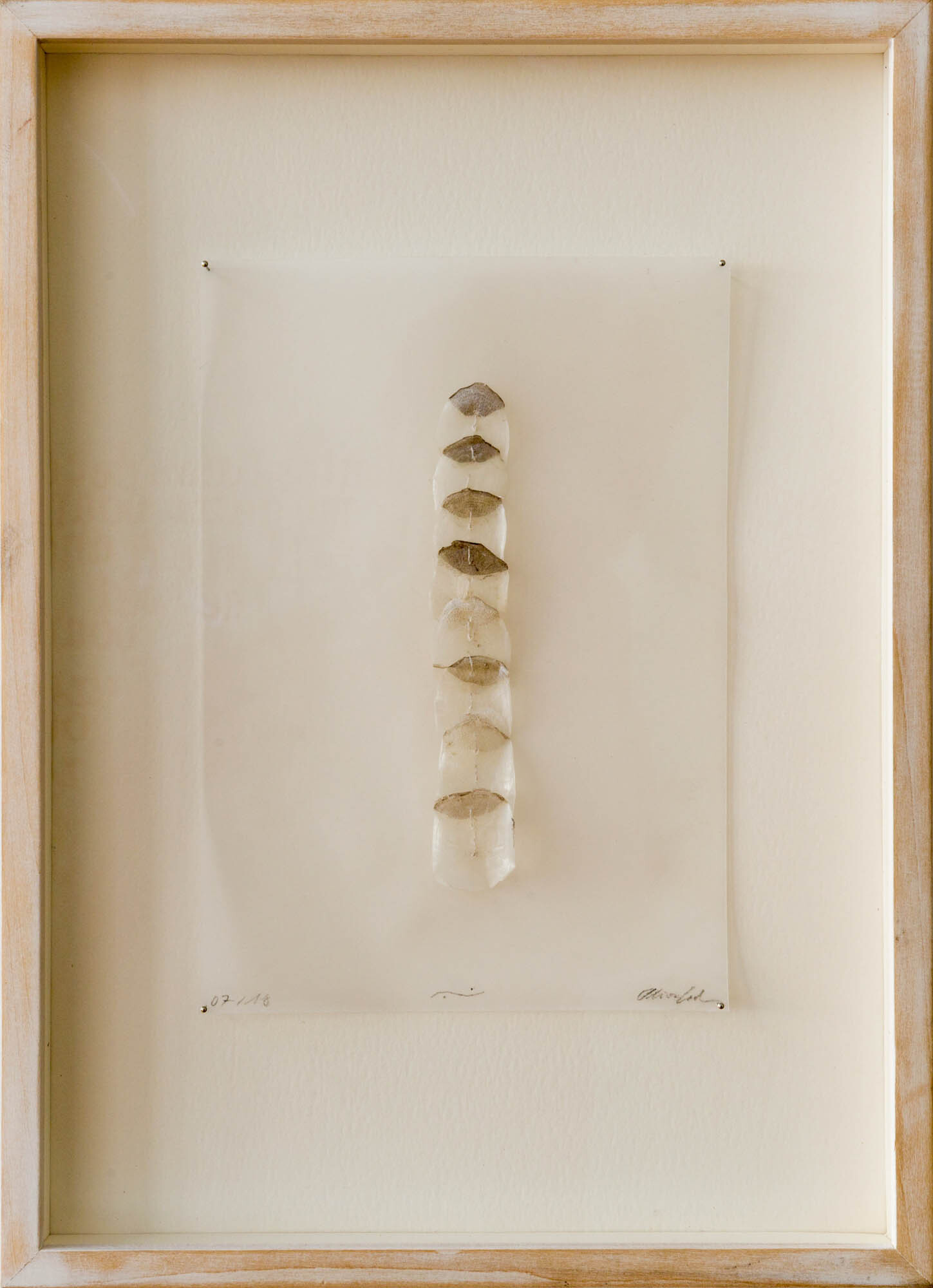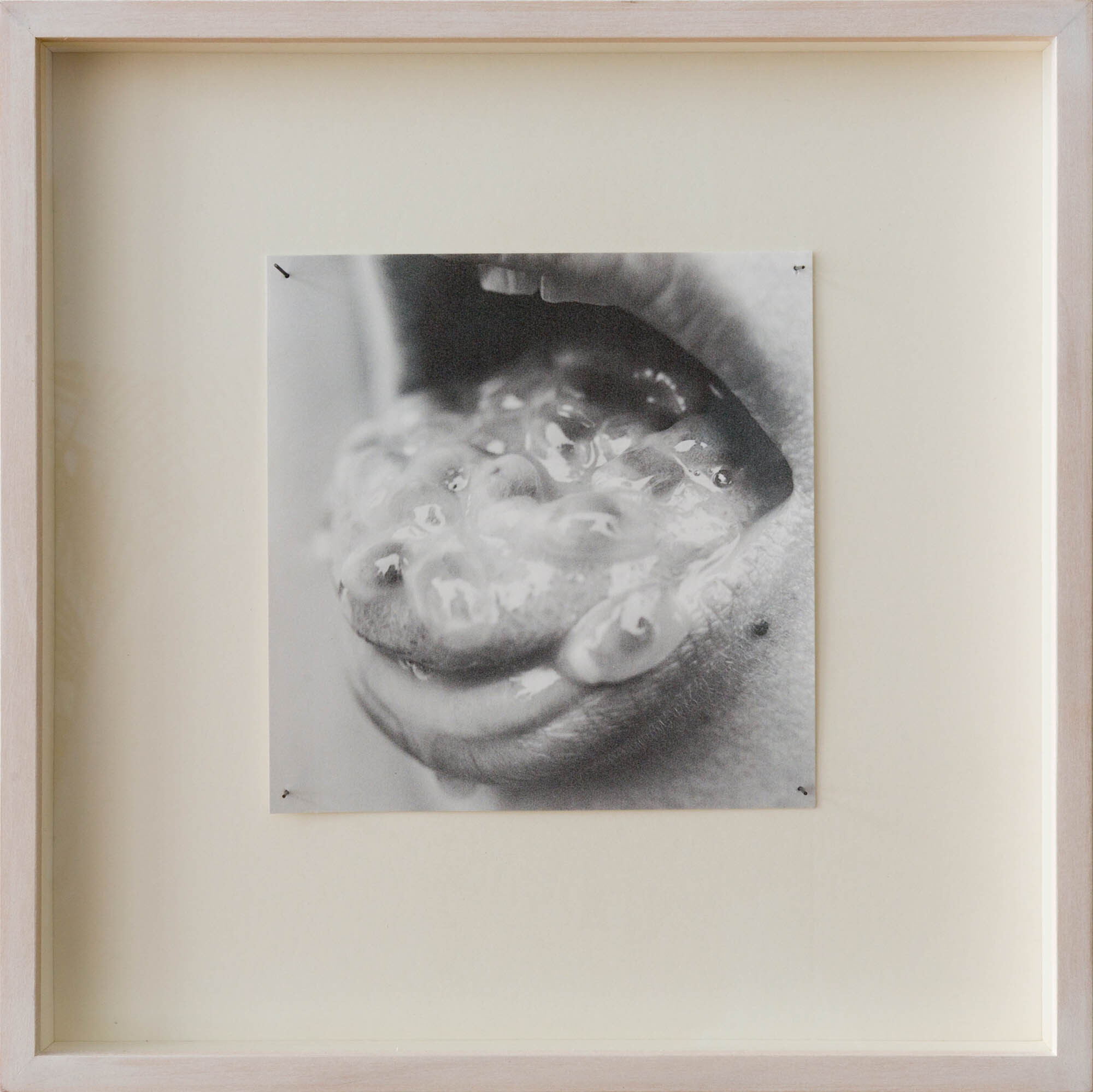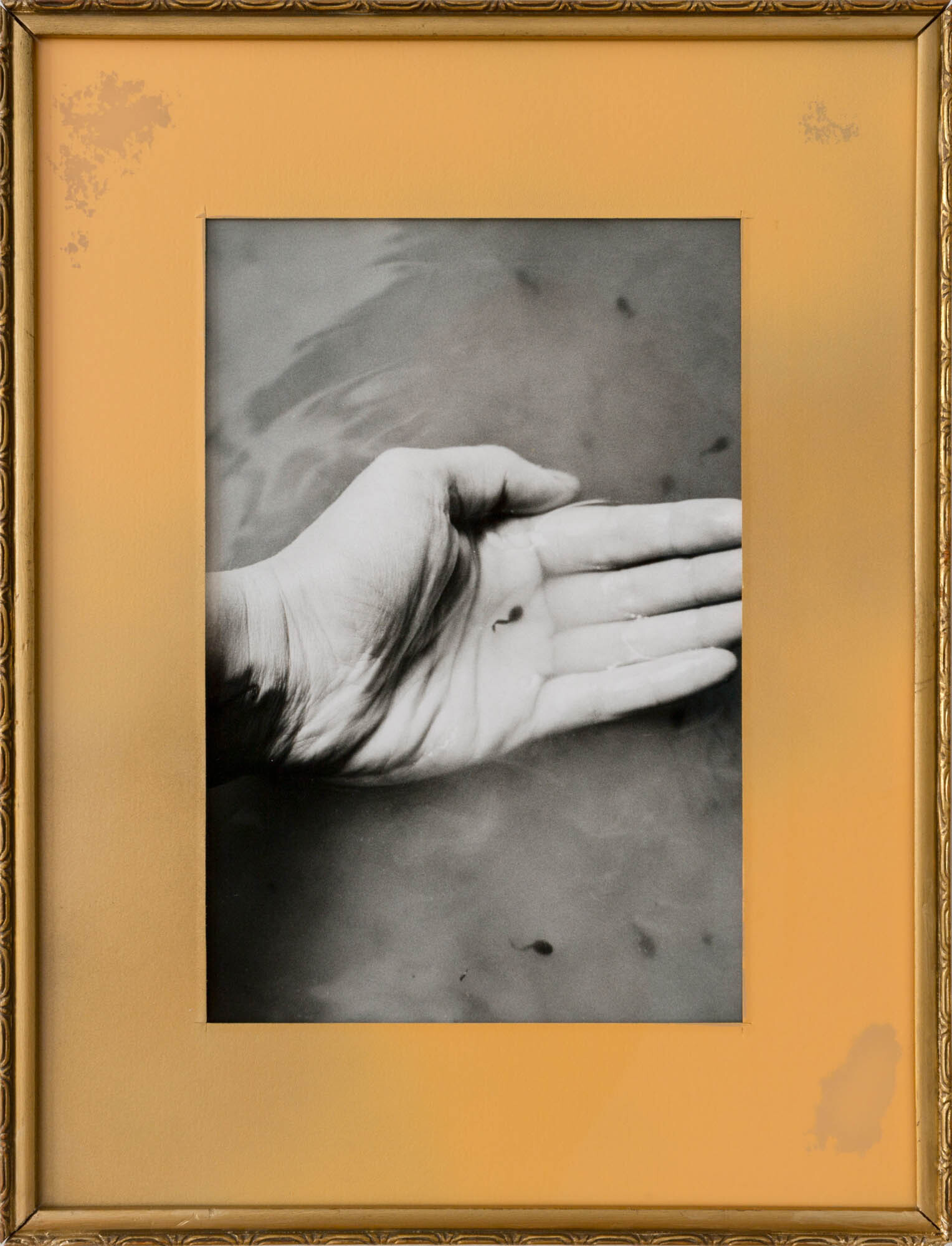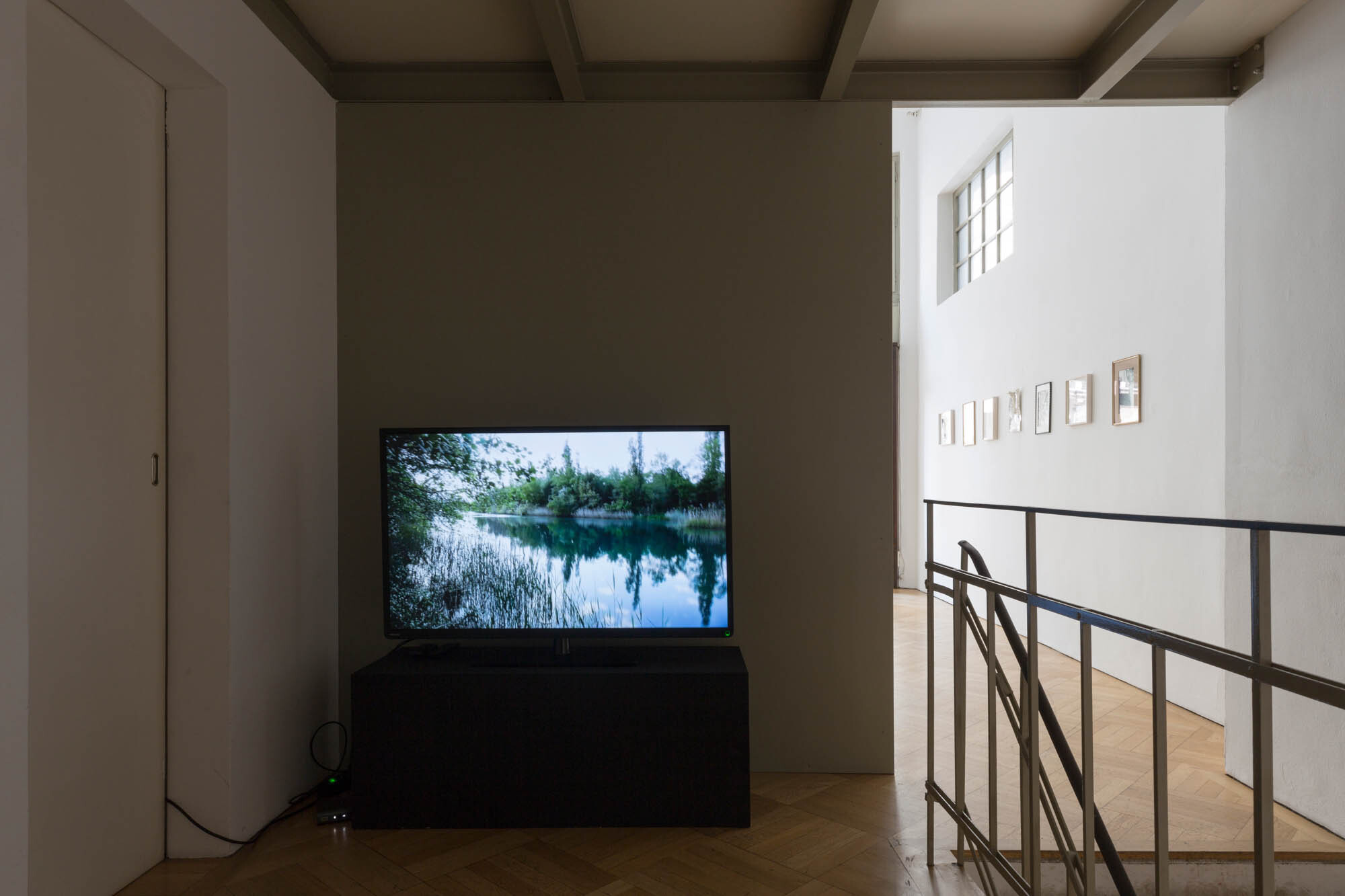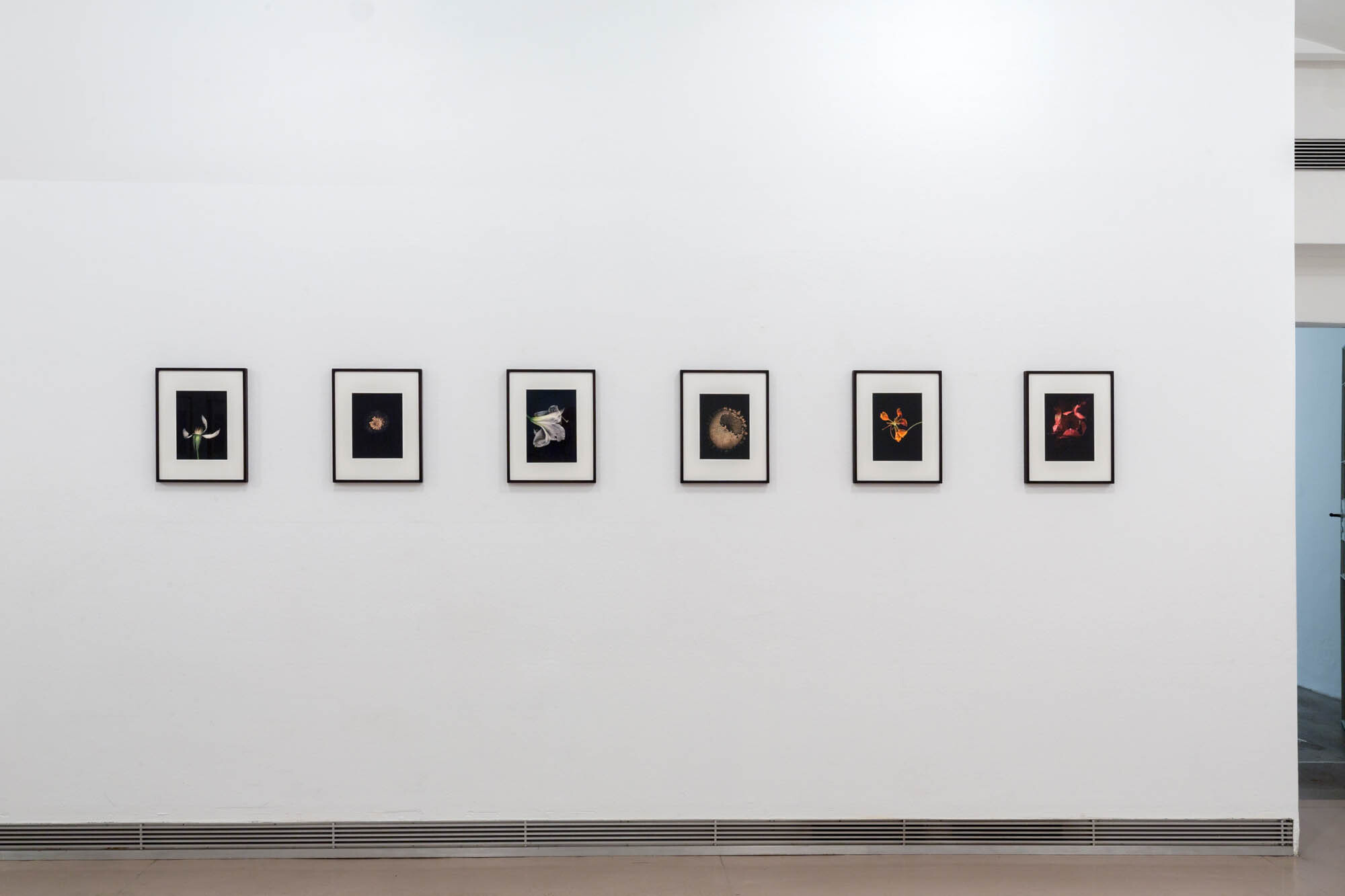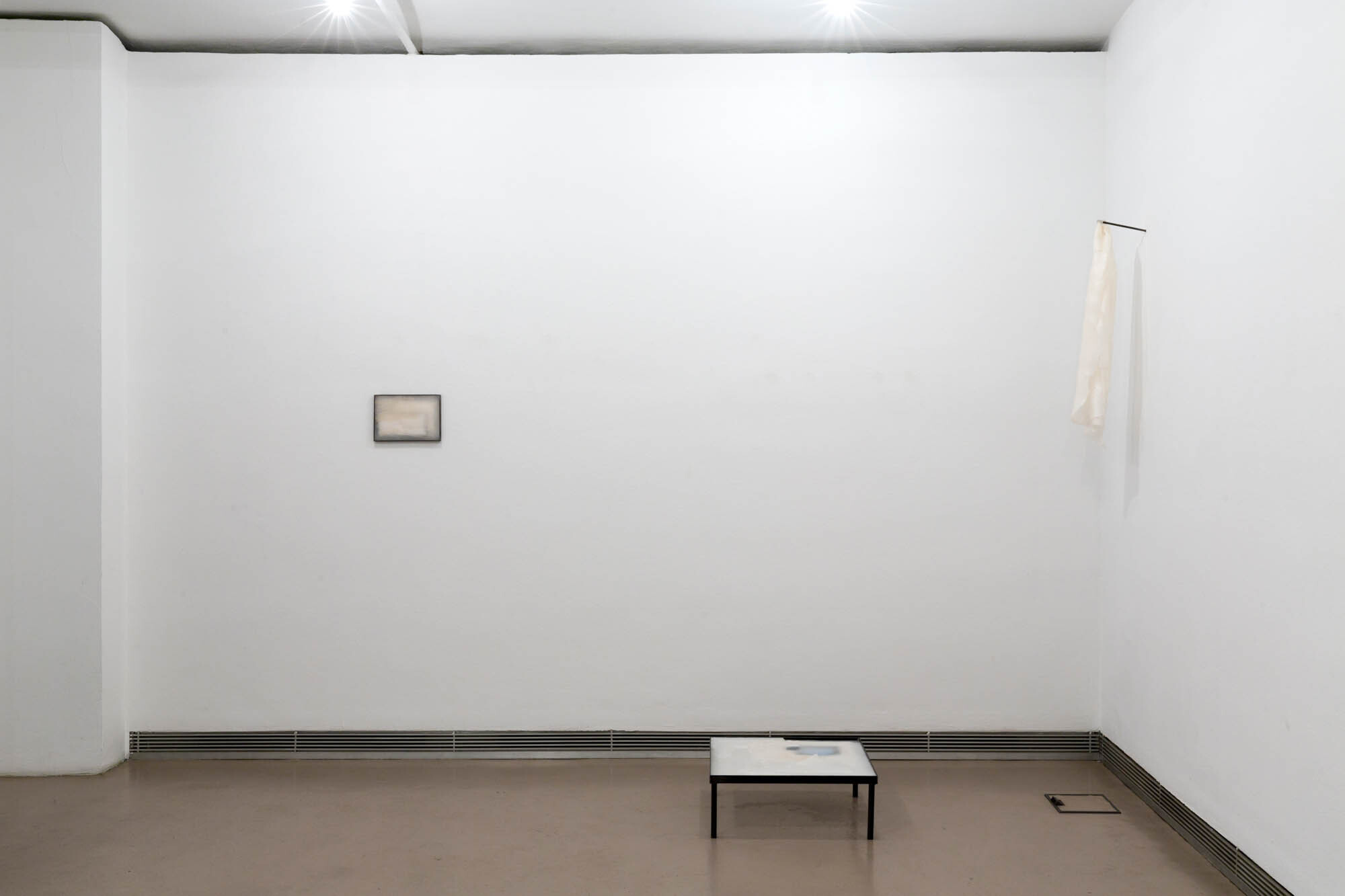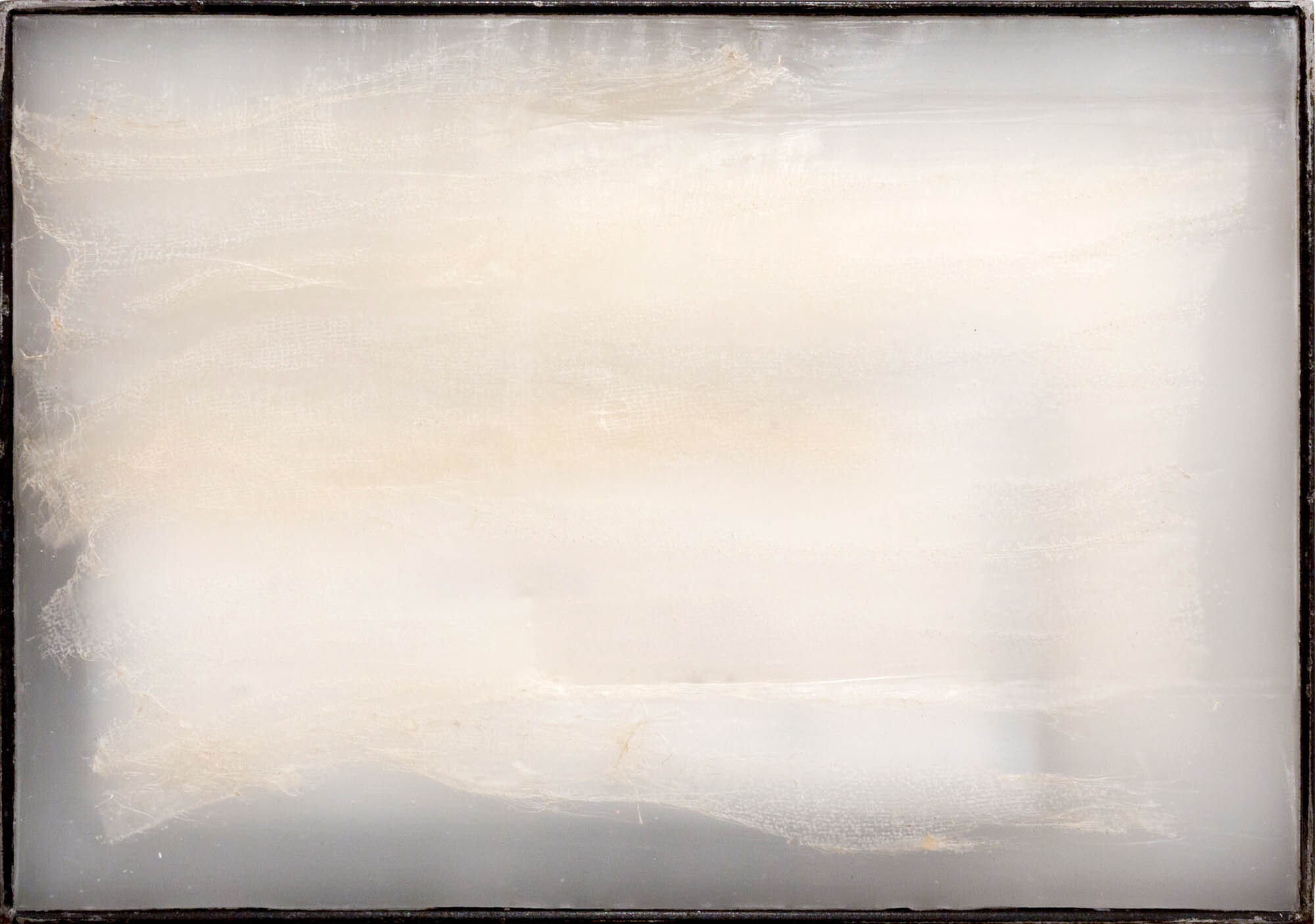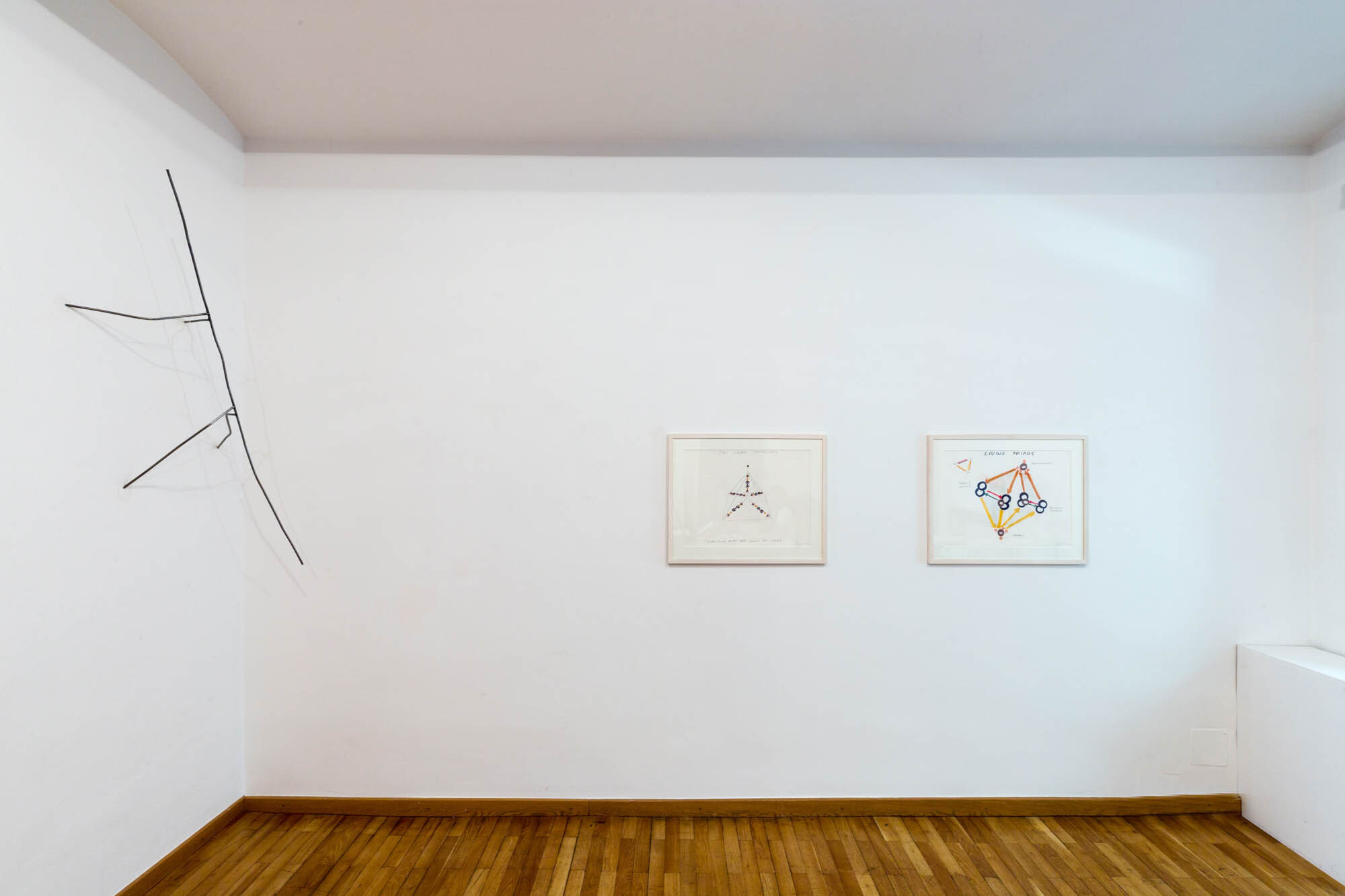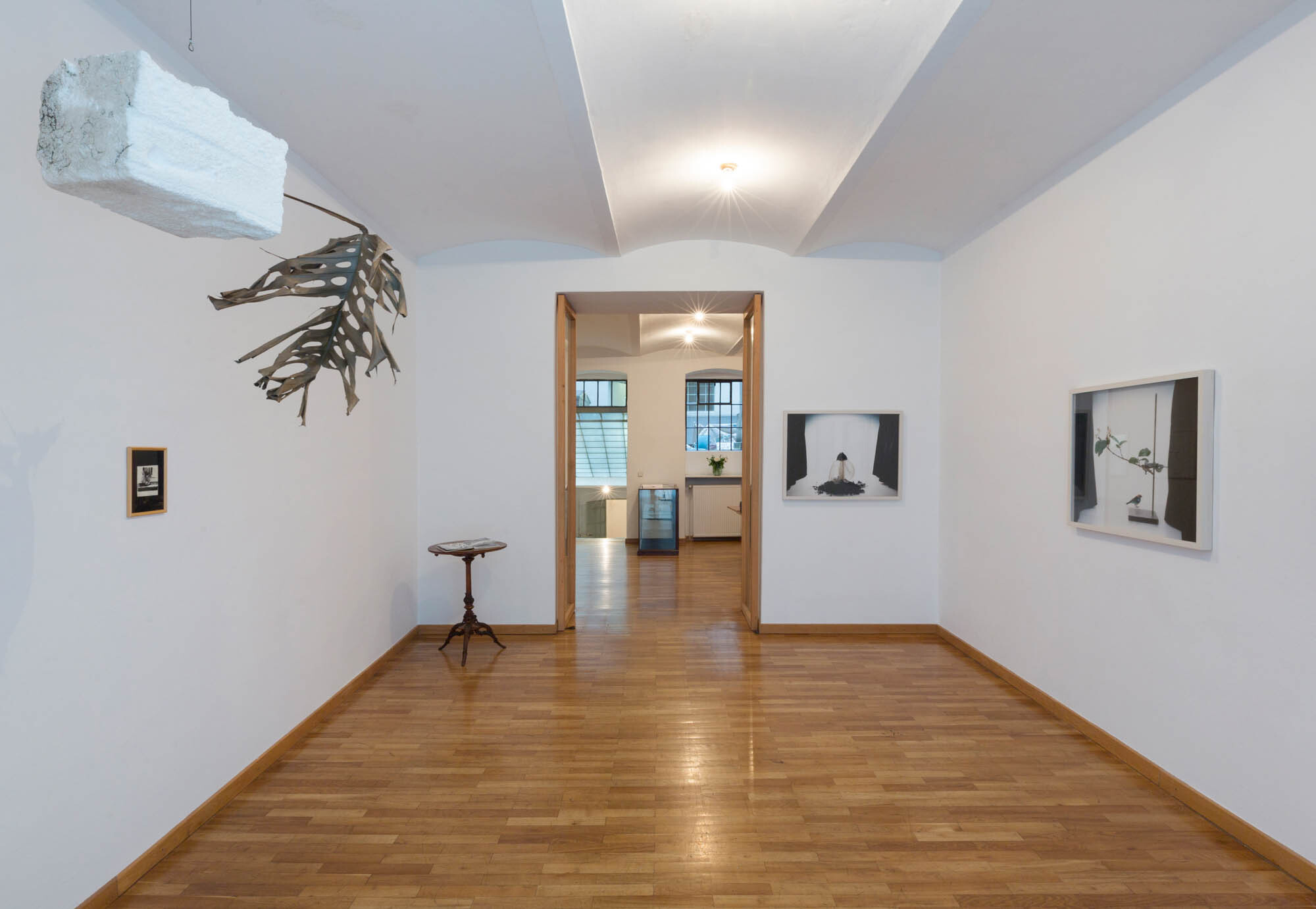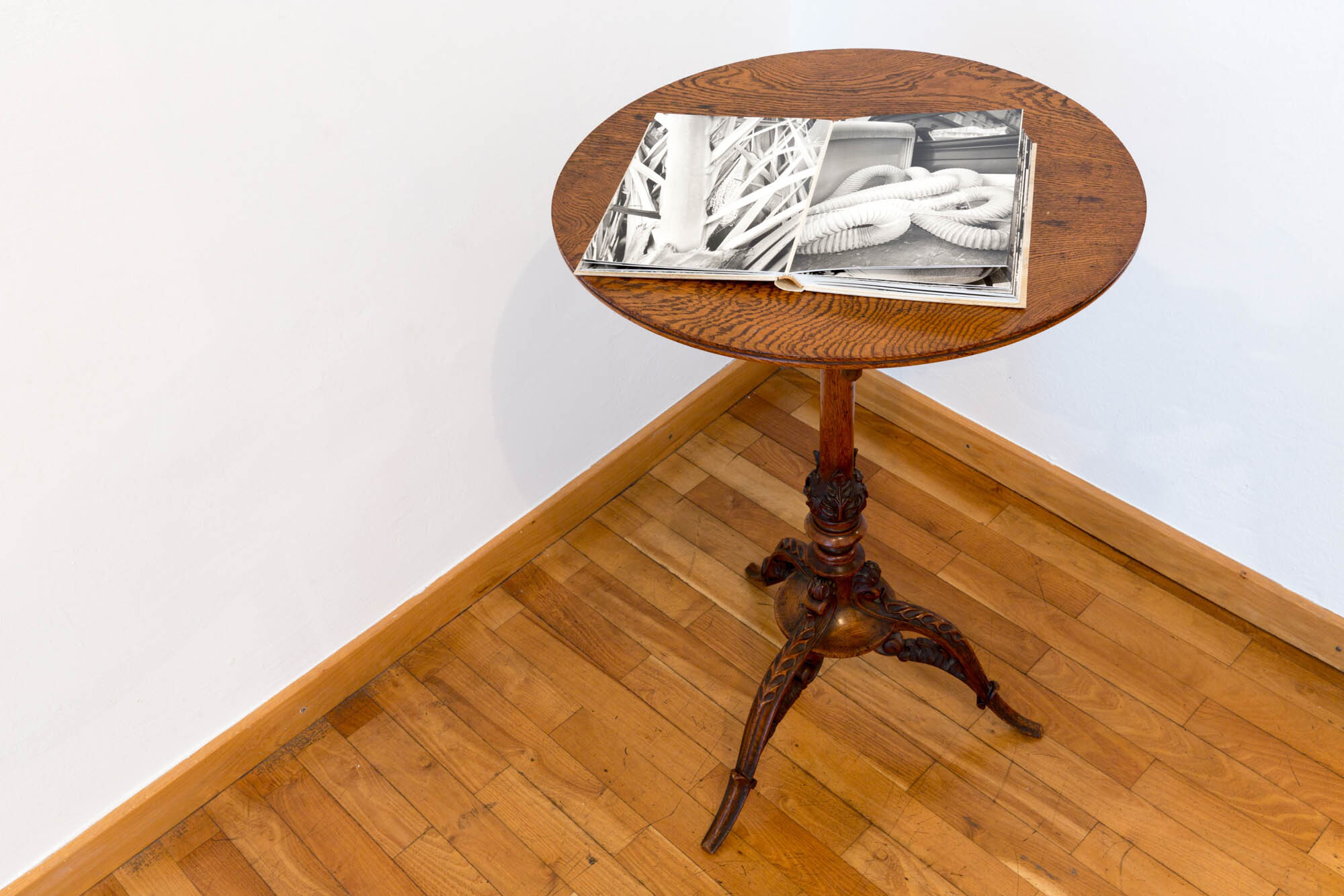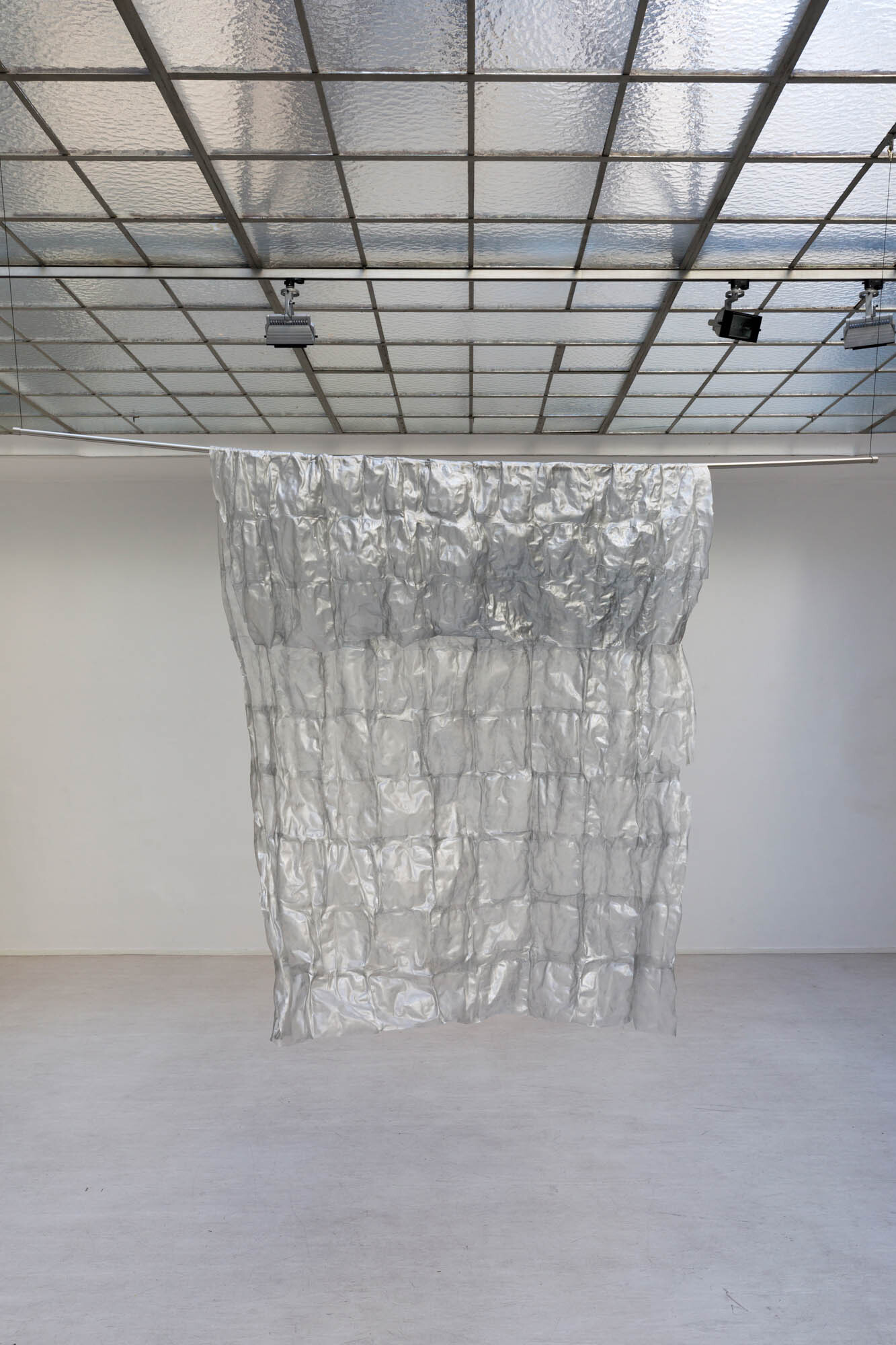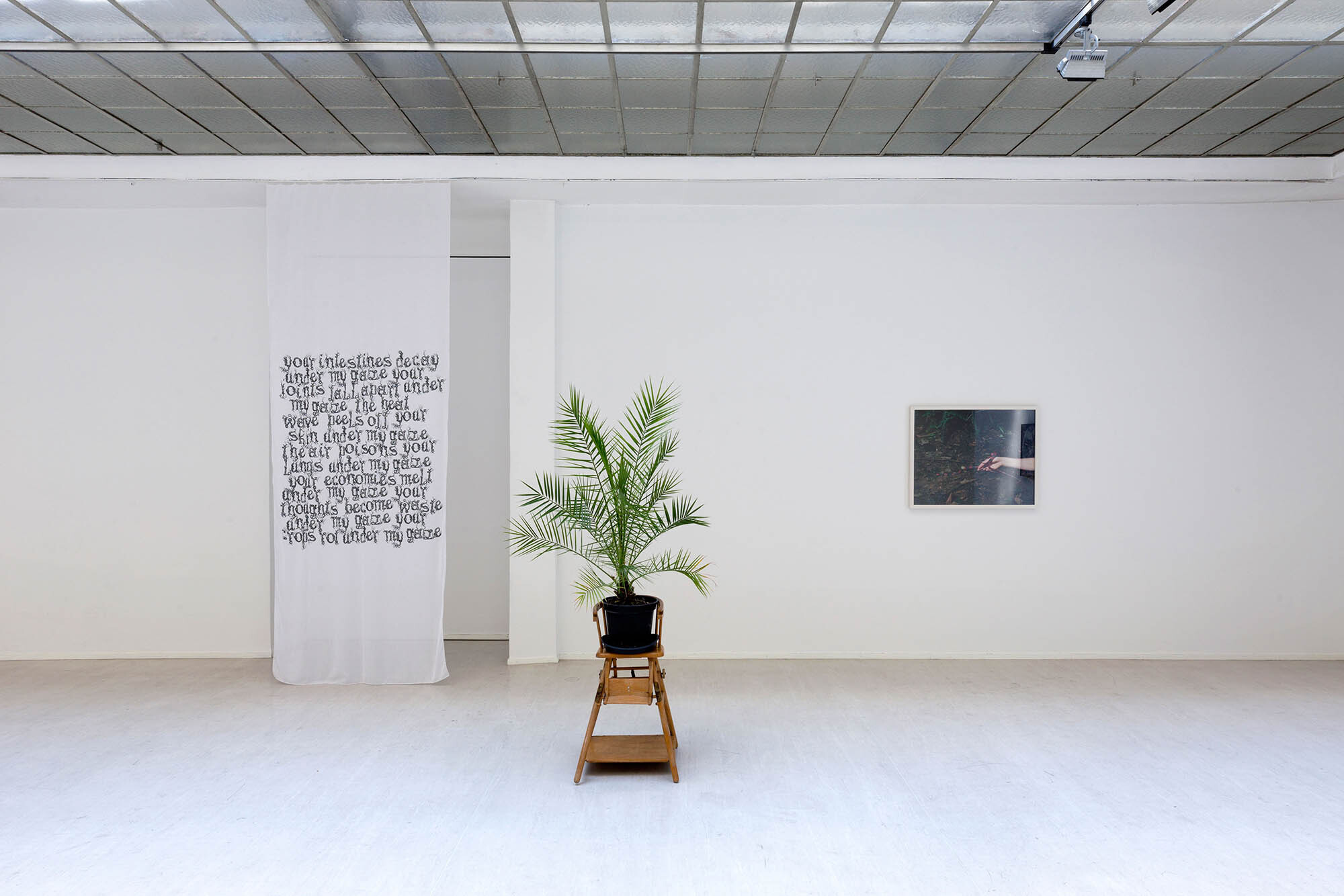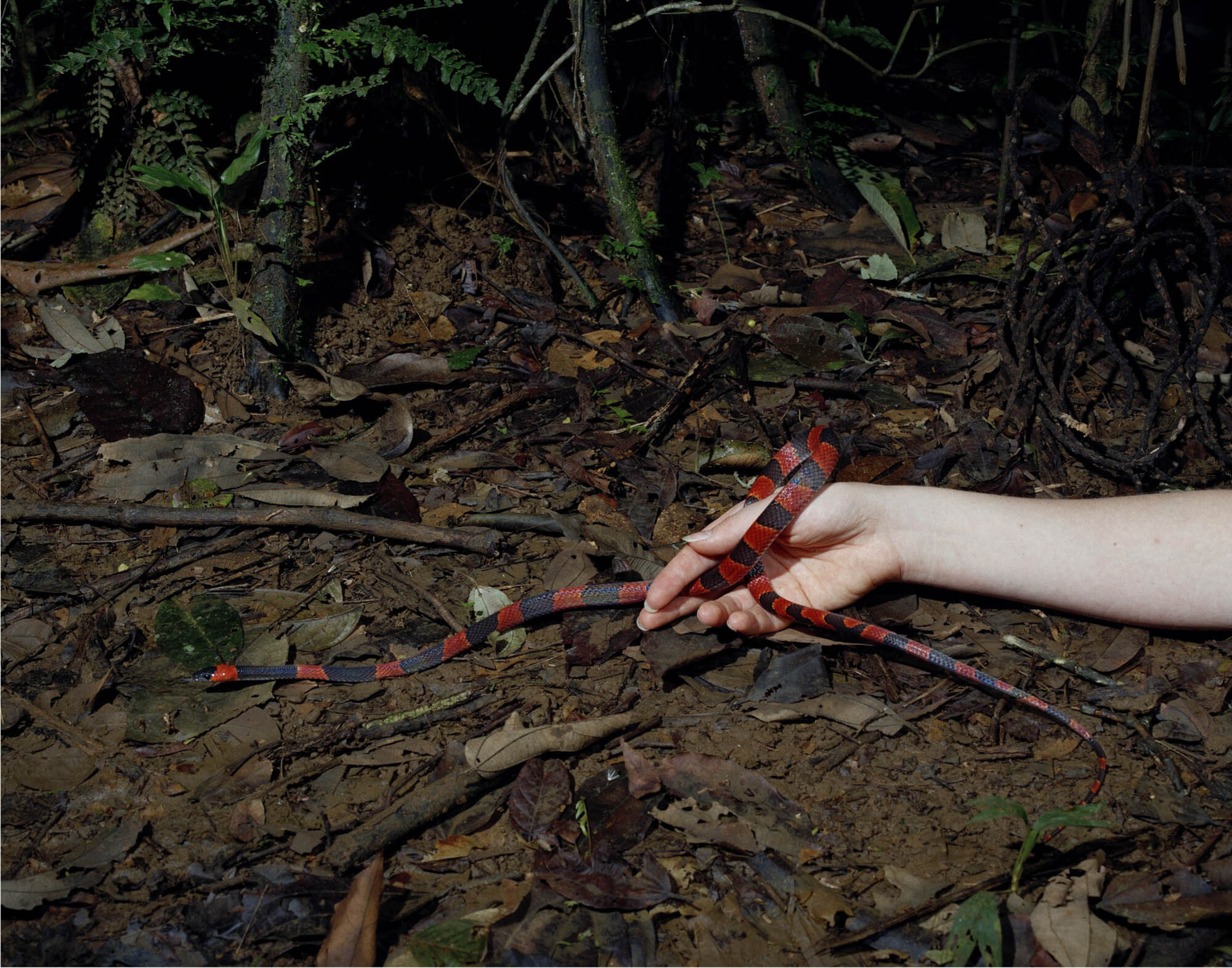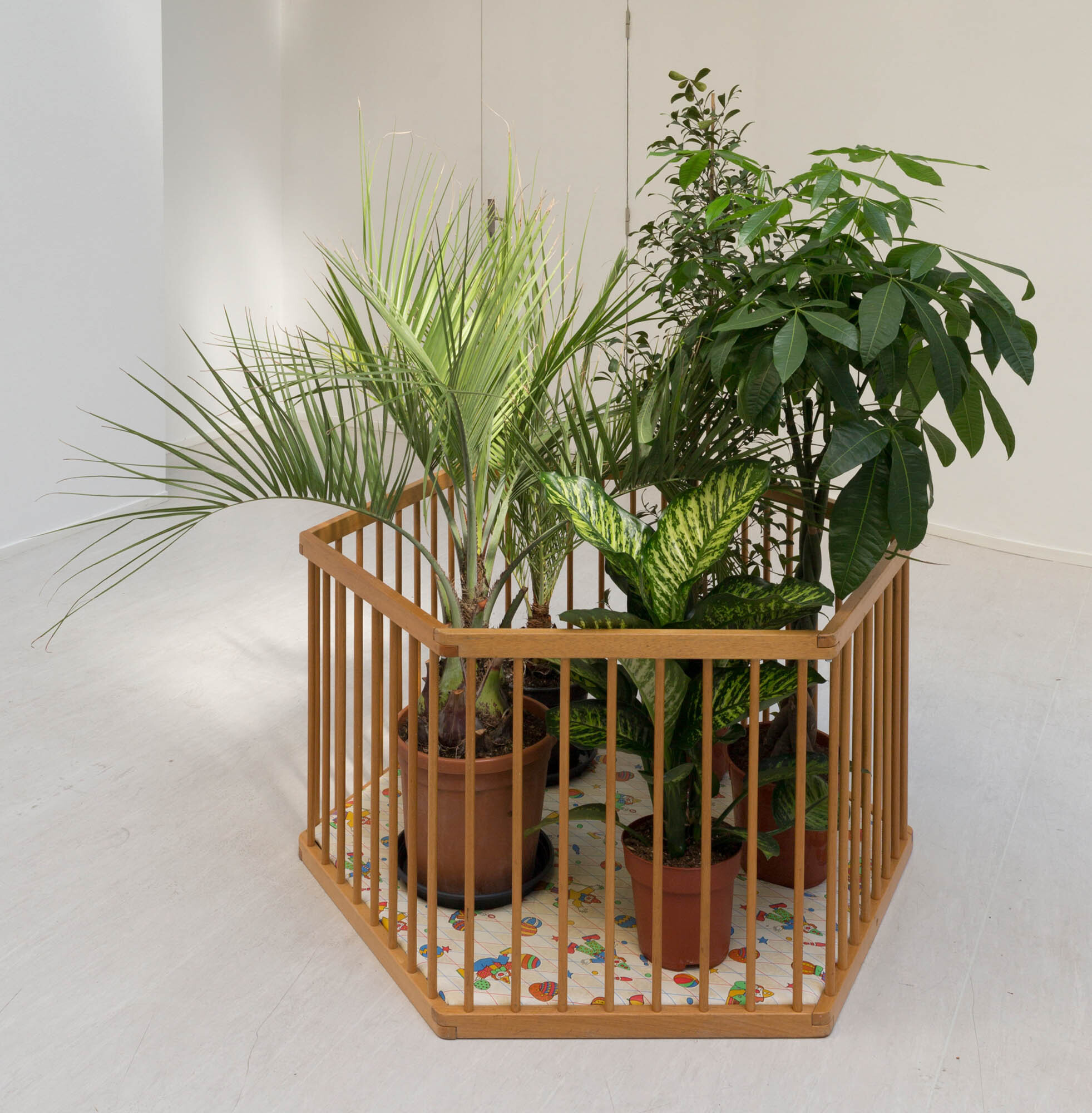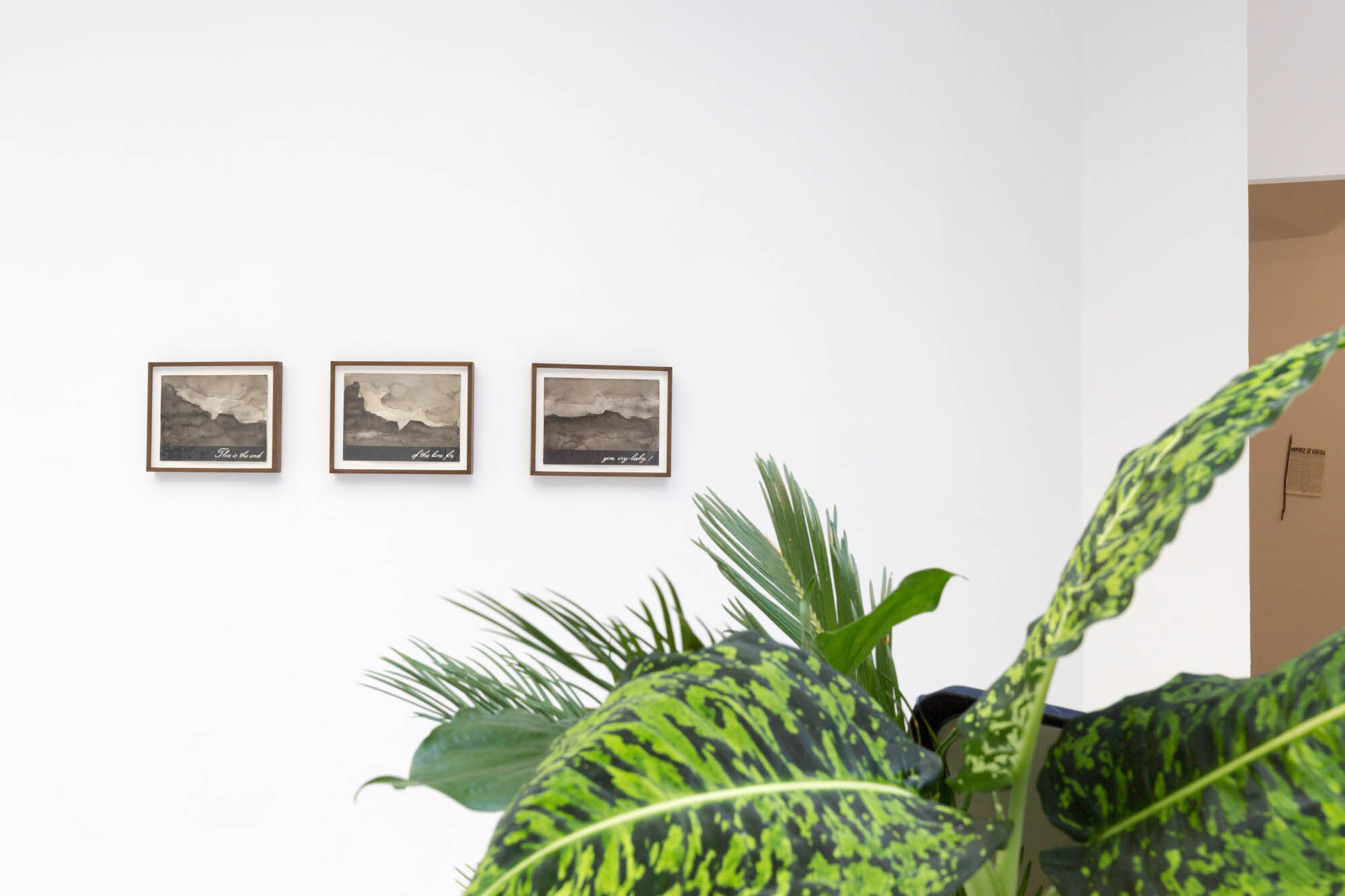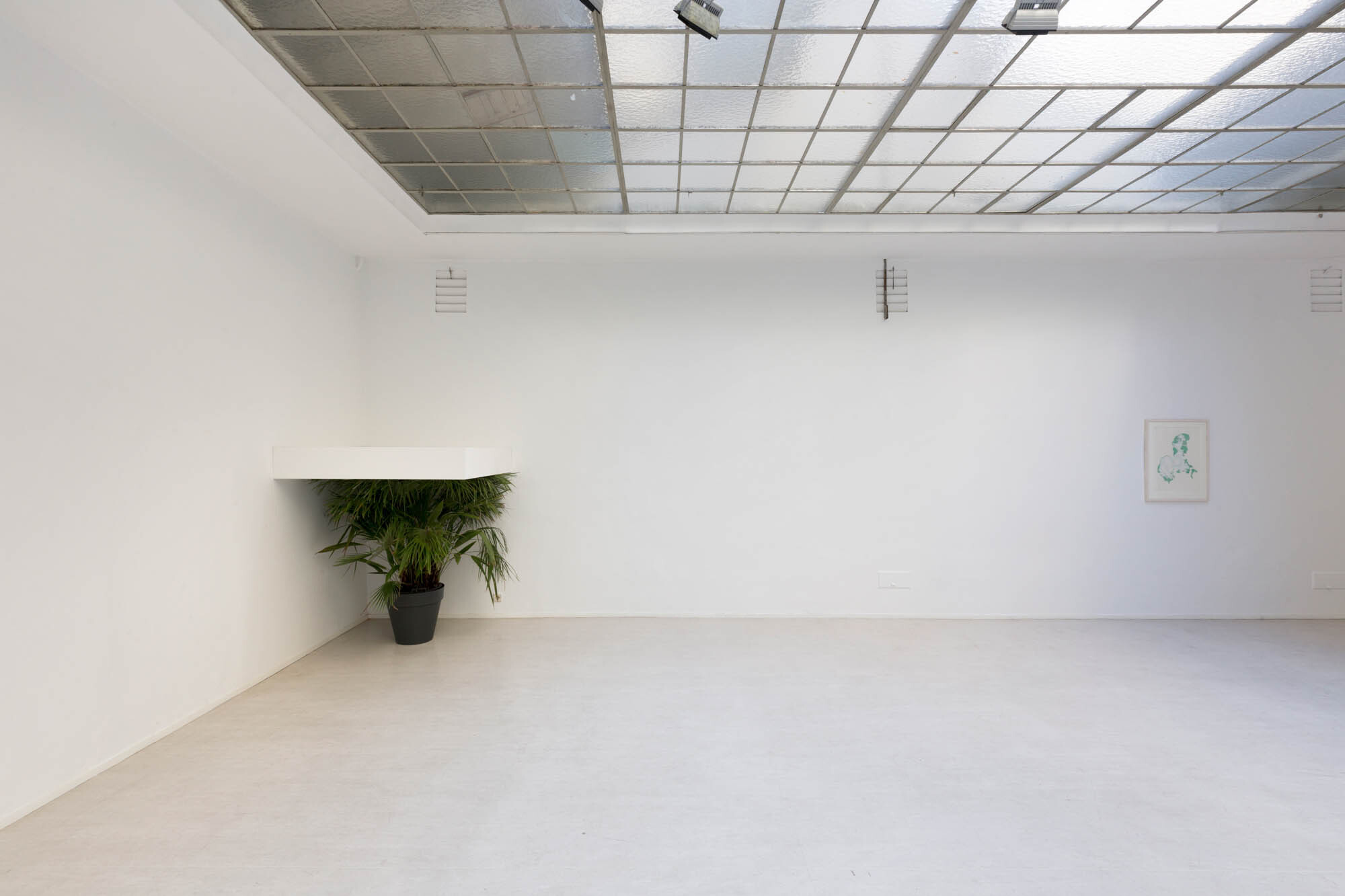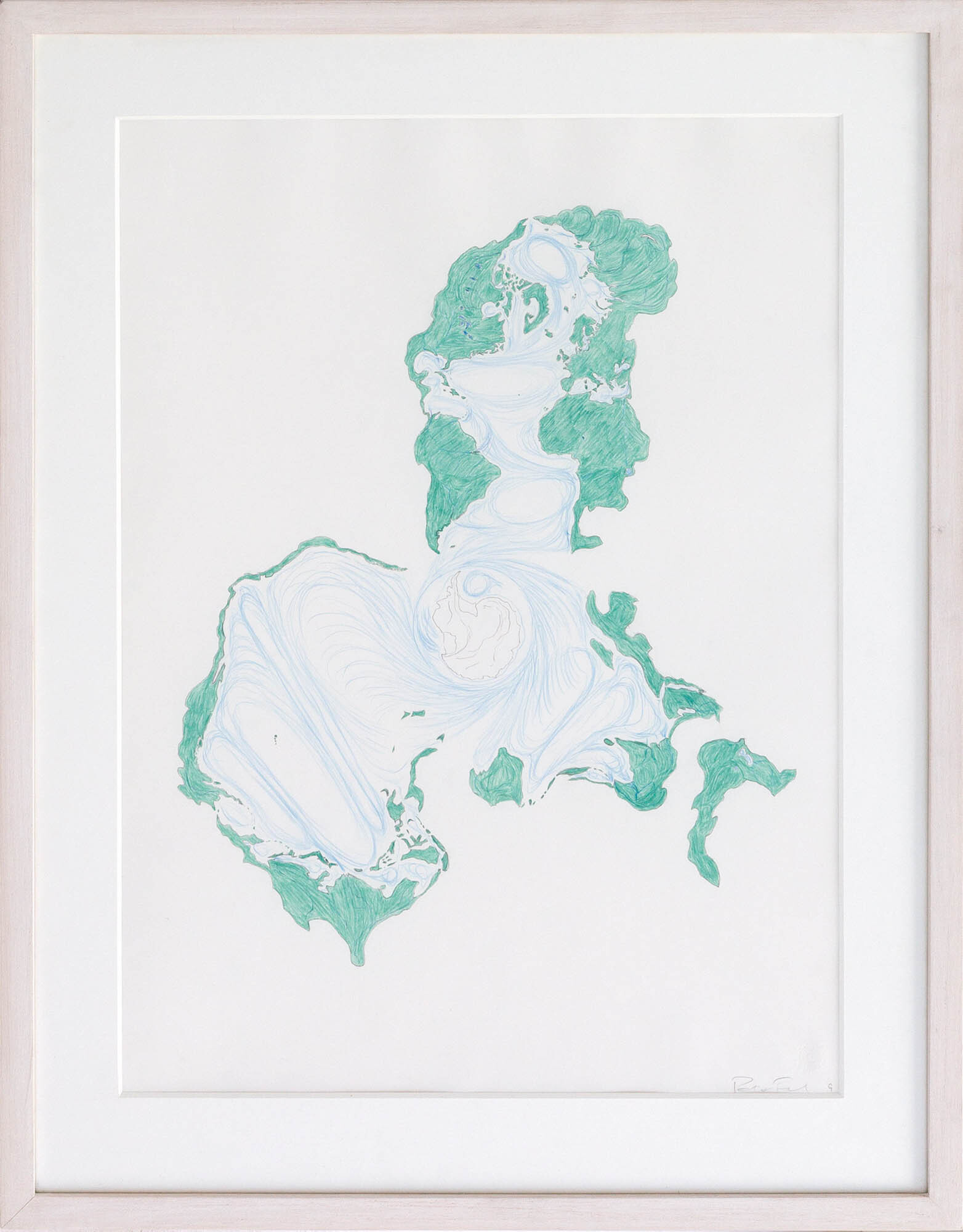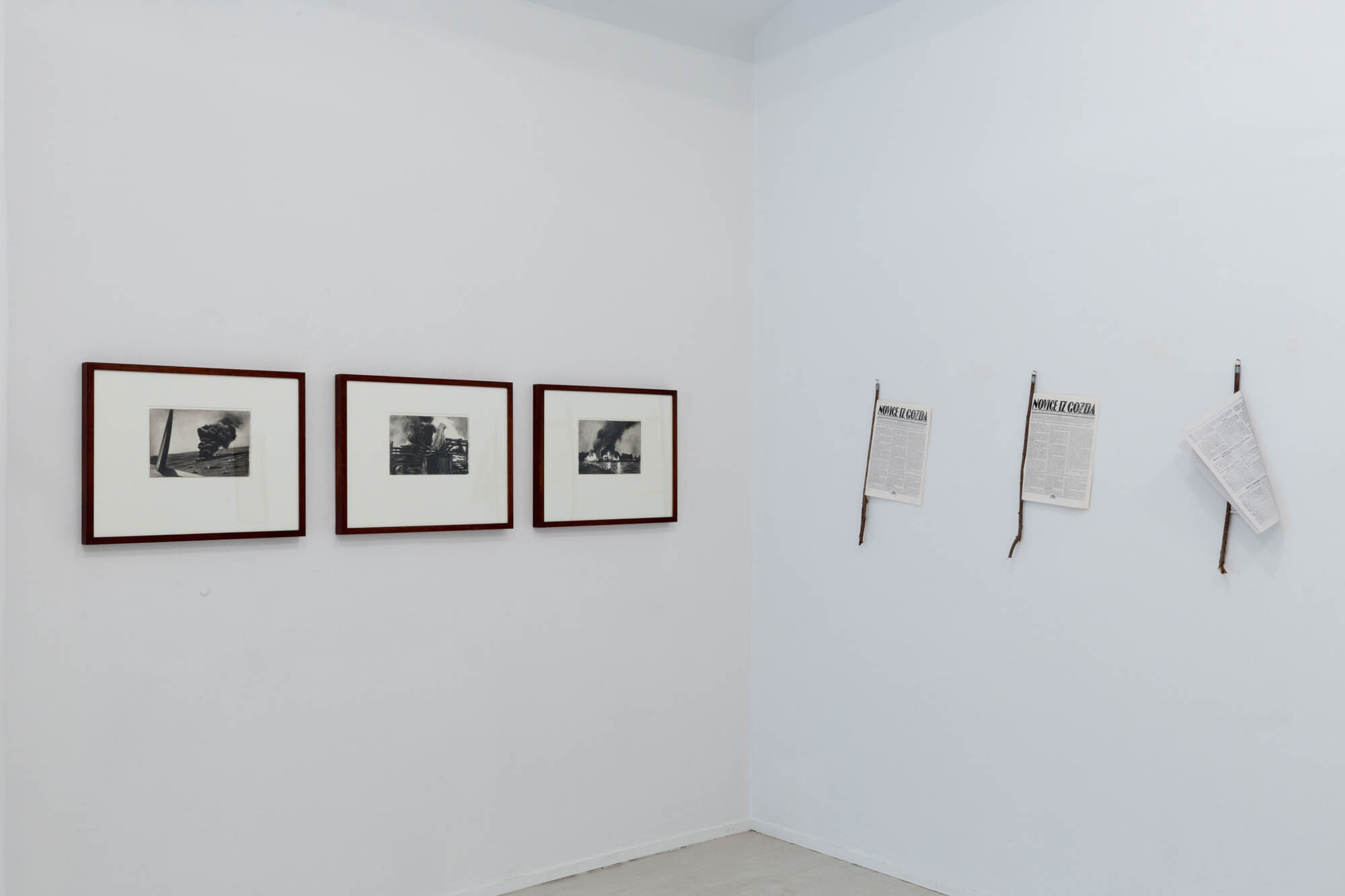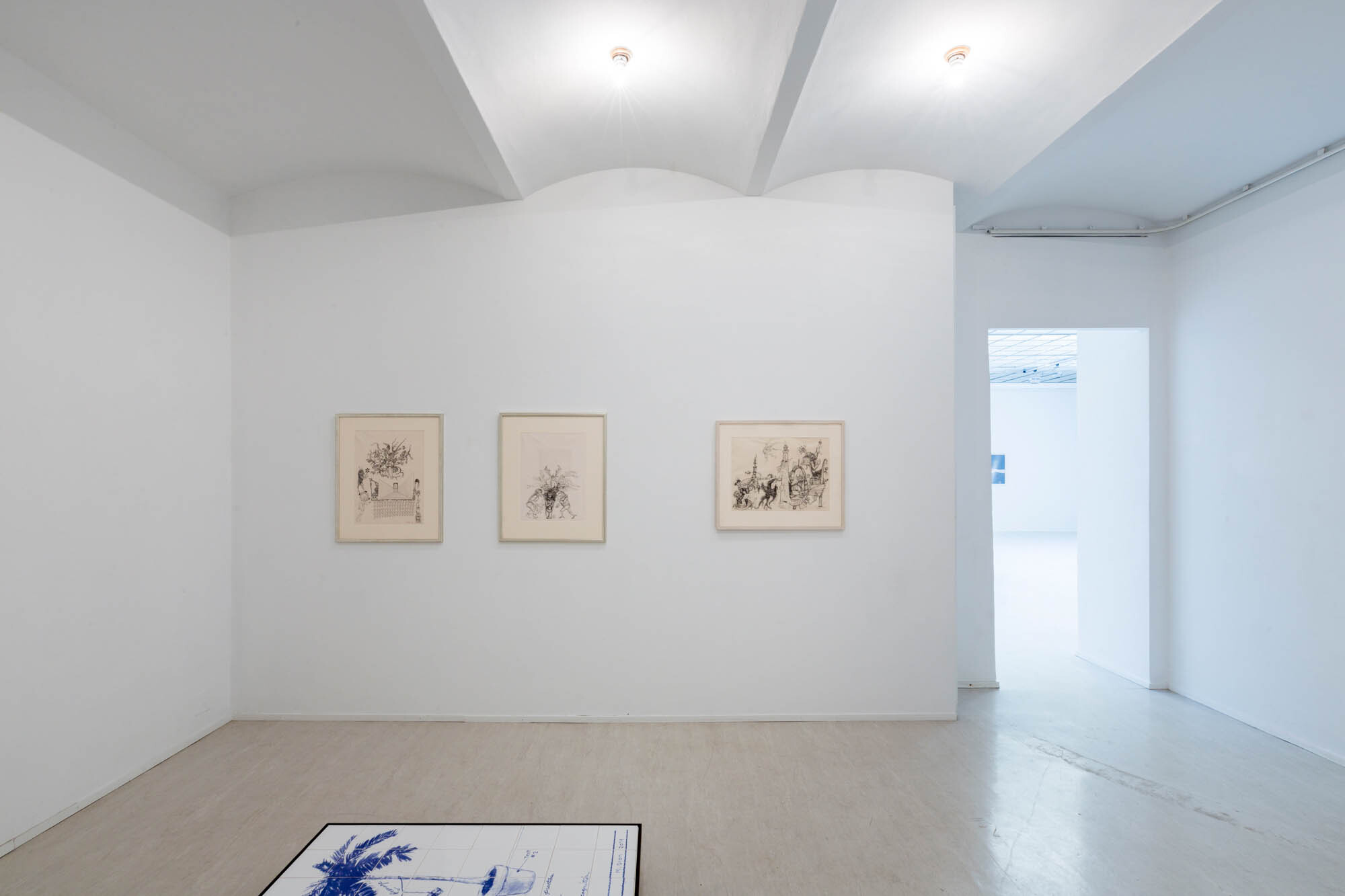—
Mark Dion
Unfolded Matters - Nature as Culture and Culture as Nature
Olivia Coeln I Mark Dion I Marcel van Eeden I Peter Fend I Jennifer Gelardo I Barbara Hainz I Jitka Hanzlová I Sanna Kannisto I David Maljkovic I Agnieszka Polska I Robert Smithson I Hannes Zebedin
Where all things are human, the human is a very different thing.
Eduardo Viveiros de Castro
„I don’t want your hope. I don’t want you to be hopeful. I want you to panic. I want you to feel the fear I feel every day. And then I want you to act.“, climate activist Greta Thunberg said in Davos, January 2019, in an interview for the newspaper The Guardian[1]. The appeal of the 16-year-old girl goes against the canonical idea of childhood or adolescence as an instance of hope. The strict demand for urgent action pushes the classic question "What to do?" into the category of the past, the obsolete. The time for the discussion on "What should be done" has expired. We humans have already done too much on our own, ignoring that other subjects also have the capacity to act and that they act while we "counter-act".
The first physical effect of panic is paralysis; non-action would then be the precondition of acting to hear what actions other agents have to propose to us. Co-thinking as a condition for participation –but what if our epistemological understanding since the 18th century separates nature from culture and thereby blocks the imagination of common thinking and becoming (in advance)? And again, we fall into the dead end of the rhetorical and non-constructive discussion about the "how".
The exhibition Unfolded Matters - Nature as Culture and Culture as Nature draws on this classical distinction between nature and culture and opposes it to another epistemology to discuss issues of artistic approaches to both terms. The Western idea of "human exceptionalism"[2]– which defines the distinction between nature and culture through its own terms – is contrasted with another, non-Western concept of nature and culture: that of Amerindian perspectivism, which, by assuming the personification of everything being, tends to dissolve this distinction.
The consequence of this inversion is the cross-species extension of the attribute "humanity", whereby the difference between human and non-human can be found in every kind of beings.[3]
This symmetrical confrontation of the Western and non-Western worldviews is the field of tension in which unfolds the exhibition Unfolded Matters. This confrontation forms the starting point for a non-linear negotiation of the diverse artistic positioning and the highlighting of the permeability of the border between difference and similarity, the oscillation and vibration of the "variable ontologies"[4]of works of art.
There is no culture outside of nature and no artwork outside of culture. This circular conclusion implies the creative potential of nature and defines the artwork as a living entity. An entity that, like all living or non-living beings in perspectivism, includes the attribute of "humanity." How can Western works of art be viewed not only from the Western perspective, but also from a different point of view? And what are the implications of this change of perspectives in the dialogue between the viewer and the art? Unfolded Mattersprovides the impetus for experimenting with variable ontologies that could lead us to other types of thinking: co-thinking that distances itself from the epistemological objectification of artworks and, through the recognition of ontological variability, tends to a reciprocal subjectivisation in dialogue with the artworks
[1]See: https://www.theguardian.com/environment/2019/jan/25/our-house-is-on-fire-greta-thunberg16-urges-leaders-to-act-on-climate20.06.2019.
[2]The term "human exceptionalism" is borrowed from Donna Haraway. Donna J. Haraway, Unruhig bleiben, Die Verwandschaft der Arten im Chthuluzän, Übers. Karin Harrasser, Campus verlag Frankfurt/New York, 2018, S. 24.
[3]Eduardo Viveiros de Castro, Kannibalische Metaphysiken, Elemente einer post-strukturalen Anthropologie, Übers. Theresa Mentrup, Merve Verlag Leipizig, 2019, S. 64.
[4]Eduardo Viveiros de Castro, s.a., S. 70.
Anfrage
Bitte hinterlassen Sie Ihre Nachricht hier
